Text


Tiansheng's house, before the redesign and after
From a crisp, utilitarian kitchen to a serene garden for watching the blossoms fall
1 note
·
View note
Text


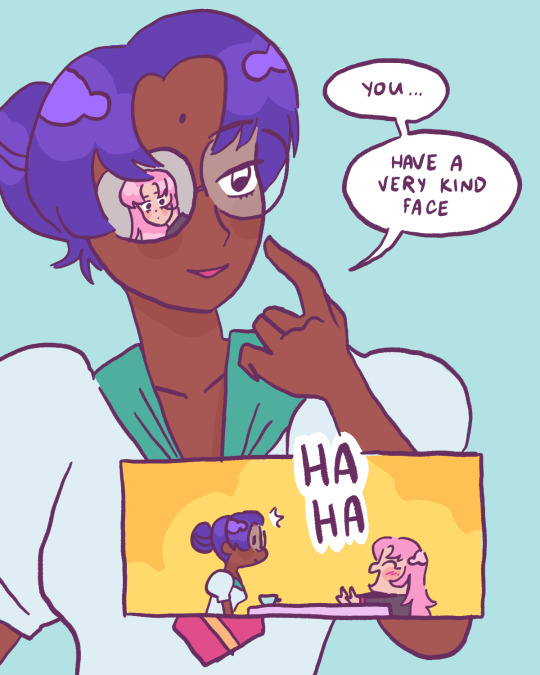
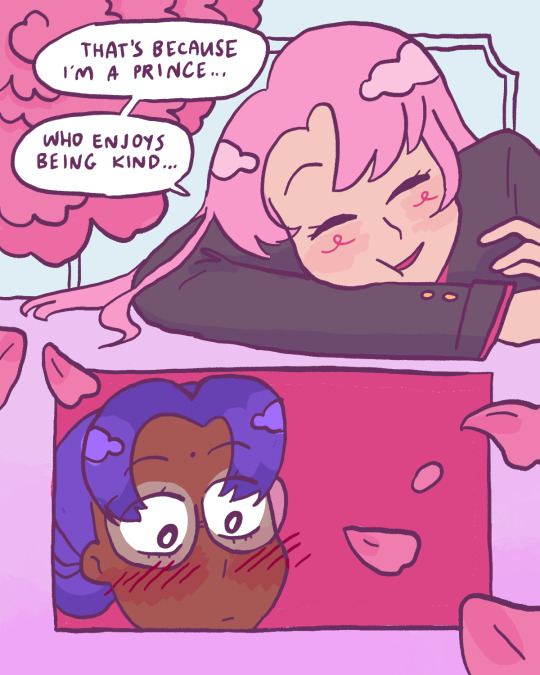
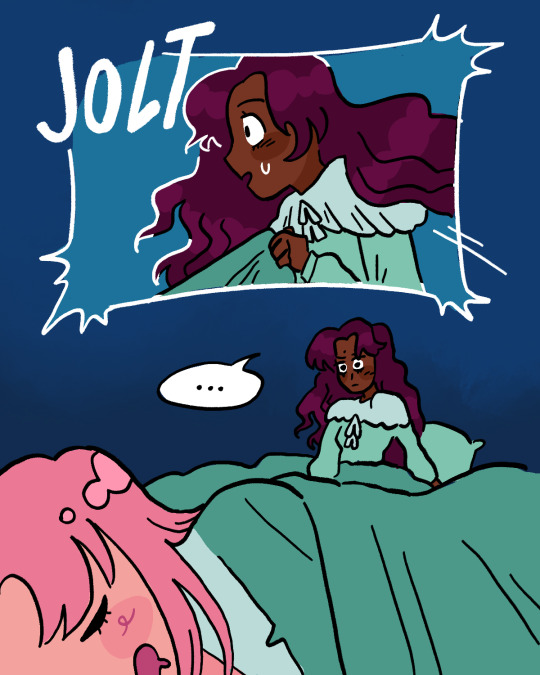
utenanthy based on a dream i had🌹⚔️
1K notes
·
View notes
Text
it's helpful to understand depression as a self-replicating mind virus that relies on you accepting its thought distortions as true reality in order to survive. simple is not a synonym for easy, obviously, but it is technically possible to cure your depression via brute force rewiring your brain
27 notes
·
View notes
Text
"the A in LGBTQIA is for Ally" no thank you sir how about you die
15K notes
·
View notes
Text

my father is the worst man alive and i am his favorite daughter
34K notes
·
View notes
Text
okay americans i gotta ask because as an European i grew up with lots of american shows and cartoons and in a lot of them there was an episode where they give the protags a doll or an egg or a bag of flour or whatever and told them pretend to be its parents or something
#yes i actually did that#i was fourteen and my flour baby was named jeannette#education#child development#polls
2K notes
·
View notes
Text

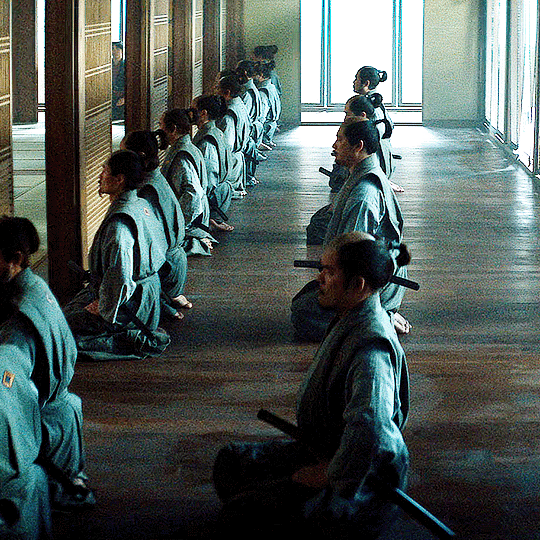
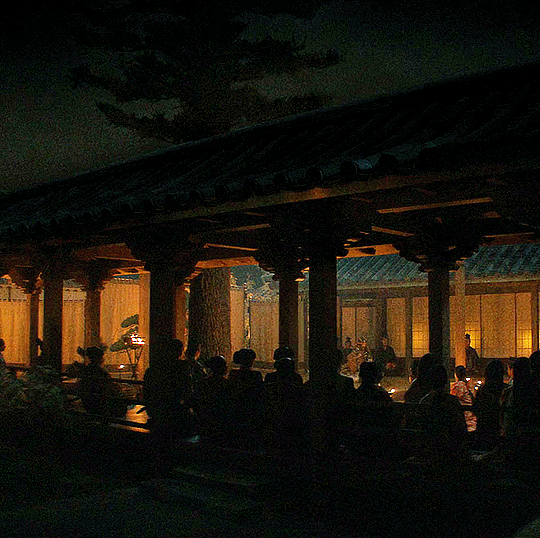
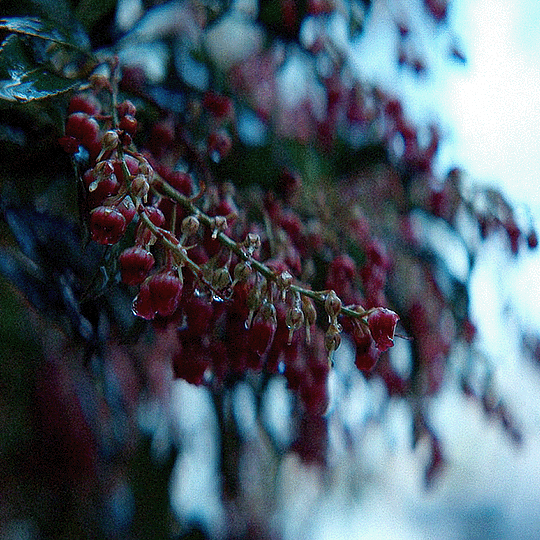
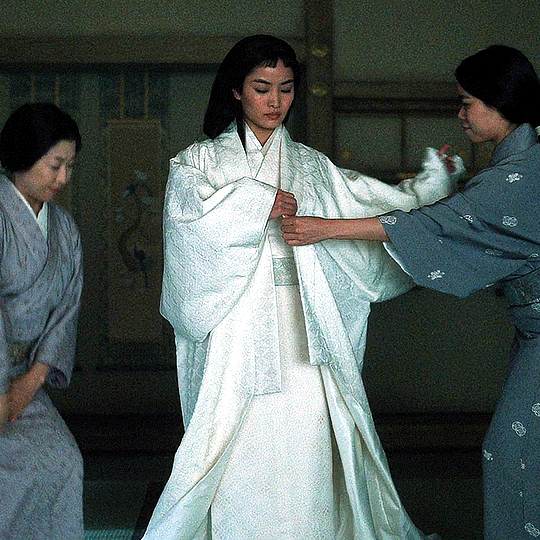
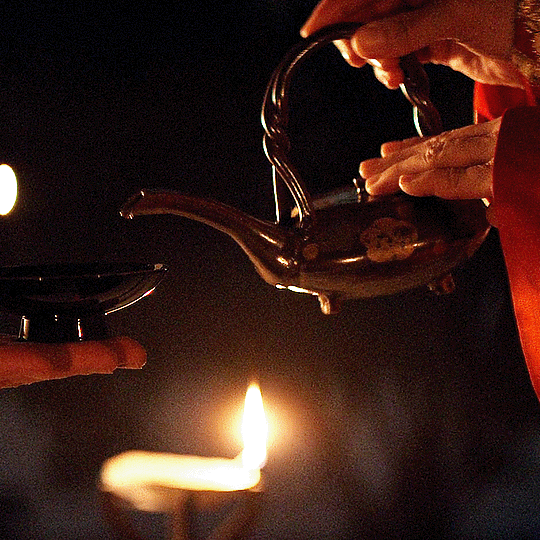
Shōgun (2024) | Chapter 6: Ladies of the Willow World
+ Aesthetic 11/∞
204 notes
·
View notes
Text
Lady Ochiba's "I forced fate to look at me so I could scratch out its eyes" speech to Ishido gave me chills.
I come on here and say this every week: SHOGUN IS SO GOOD Y'ALL

49 notes
·
View notes
Note
Bothering you with a question/statement, do you enjoy the intersection of fandom and radical feminism? Because I do! Your poll made me think of it. 🌷
thank you for asking!
of course i do! i think every woman should share her interests and passions with the internet even if she’s on someone’s DNI list, lol. right now, any feminist with a backbone is bullied relentlessly in fandom spaces - for being herself and staying true to her beliefs instead of putting men first, even in what’s supposed to be a fun and relaxing environment.
when more women, radfems specifically, take up space in these cultures and refuse to be bullied out, it will help the rest of those fans realize that radfems are not these crazy cartoon villains desperate to destroy them. we are normal people with normal interests, isn’t that crazy !
personally, i’ve seen enough he/it/they’s to last a lifetime. i want more proud women in fandom to talk to and be a fan with!
20 notes
·
View notes
Text

Compton, Ca
IG: rodrioscr
15 notes
·
View notes
Text
👁️
A vast open space where there should only be bedrock; stones beneath your feet dislodge and clatter like drums. How is there a breeze so far underground, and why does it seem to be speaking your name?
Here's my second preview for @sheikahzine, a Sheikah-themed Legend of Zelda zine!
Zine preorders are open until this Saturday (4 March)! The zine has a bunch of great art, music and writing from a raft of people, one of whom is me, one of whom is my girlfriend, and all of whom are very very good at what they do.
The concept for this piece came to me almost immediately upon hearing about this zine. I wanted to write a piece that tells the story of Impa visiting the well, encountering some of its beloved residents, and perhaps learning more about the well's purpose, and her role there.
Details about the piece below 👇
About the piece
This piece chronicles a routine visit to the well, in which Impa is forced to examine the moral complexities of her role. She enters the darkness of the well, loses her footing and finds herself in an unfamiliar space. The space conveys the anger and grief of its inhabitants; Impa briefly believes that she has successfully calmed them, but is confronted by Bongo Bongo. She flees, makes it back to the surface and seals the well. She continues her patrol of Kakariko, but the visit has altered her perception of her village, of her role and of herself.
About the well: the memory of violence and the violence of memory (or, Shapes Lyingpink writes like 800 words of meta)
More than any other location in Ocarina of Time, Kakariko reflects a gothic approach to time: buried secrets escaping to threaten everyday life; generational curses; things from the past brought into the present, and knowledge from the present taken back into the past.
Kakariko's well and the Temple are connected: they share architectural similarities, they have the same background music, similar enemies, and a preoccupation with invisible passages, holes, walls and hazards. The well, accessible as a child, providing a means to access the Shadow Temple, accessible as an adult, prefigures the child and adult sections of the Spirit Temple. The physical proximity of Temple and well, the use of the Lens of Truth to navigate both dungeons, and Bongo Bongo's escape from well to Temple, all suggest a strong connection between the two spaces.
In the planning stages of this piece, I talked a lot with @ginneke about potential connections between the two spaces. To me, the two spaces represent contrasting ways of dealing with memory, guilt or injustice. The Shadow Temple is generally understood by fans to represent not just the boundary between life and death, nor even the spiritual home of violence and dark deeds in a broad sense, but rather a record specifically of injustices perpetrated in the name of the Hylian state.

The Shadow Temple serves a hybrid function: asides from being a site of religious significance, the space also contains human remains, torture devices and fresh bloodstains. The quote in the screenshot above comes from a skull embedded in a wall of the Temple. We can assume that the Hylians have been (mis)using the Shadow Temple as a place to torture, murder and bury in secret for some time, and perhaps the skull's owner is calling on Link to bear witness.
Despite this injustice, the Shadow Temple is, to a degree, a spiritual space: the boat seen towards the end of the temple, reminiscent of Charon's boat in Greek mythology, suggests to me that the Temple is designed to carry spirits of the dead out of the world of the living. The Temple is also a space owned and consciously maintained by the Hylian state. By contrast, the well has no such hallowed connotations. It is not hidden but consciously, meticulously forgotten, a place kept out of mind rather than merely out of sight. The well, connected to the Temple but shunned as it is, perhaps represents elements of the past that are excised from Hyrule's own version of history, and aspects of "greed and hatred" that have not yet been confronted. The Shadow Temple is where (some of) the dead can pass on, and the well is where the remaining spirits of the restless unhallowed are left to fester.
To my mind, Bongo Bongo themself supports this view: although Bongo Bongo is confronted in the Shadow Temple, they are introduced to the player during a cutscene in which they break free from the well, attack Sheik and Link and retreat to the Temple.
Indeed, this interpretation recasts Link's function during his visit to the well and Temple. In contrast to other Temples, which have been ruined by time and decay and subsequently claimed by Ganondorf (such as the Forest Temple) or else captured by Ganondorf's minions at an early stage (such as the Spirit Temple), the Shadow Temple was corrupted far earlier, by the Hylians rather than Ganondorf. Bongo Bongo's presence - this transgression of an element of the deliberately-unremembered past forcing itself to the surface and resituating itself there - is then vital to Link's role in the Shadow Temple: "Hyrule's bloody history of greed and hatred" must be confronted, and must be accounted for not on Hyrule's terms, but on the terms of those who have been forgotten. This thematic grounding of both the well as a place and Bongo Bongo as a character was key in the development of my piece.
In light of all this, prior to becoming a Sage, I imagine a large part of Impa's role to be one of containment, both in the obvious sense of keeping Bongo Bongo in check, but also in an almost therapeutic sense. I imagine Bongo Bongo as something dangerous and unpredictable, sure, but also as something hurt and ignored, reliving memories of pain and injustice, drawn into the infinite darkness that absorbs even time. To me, Bongo Bongo is the restless spirit of a suffering that has been unacknowledged by Hylian history. In light of this, to me, Impa's role is to make the spirits of the well feel heard, held and quelled, specifically to contain them. In this framing Impa's role does not afford her the responsibility of resolving (or the power to resolve) Hyrule's past injustices, but rather compels her to give these tragedies a kind of holding space, so as not to let them threaten Hyrule's present. This gives Impa's character and role a tension and ambiguity that I really like.
Inspo
During the conceptual stages, I was listening to a lot of Lingua Ignota's Caligula album, particularly 'Butcher of the World'. I tried not to overrely on this influence: Caligula is an extremely personal album and it would have been crass to crib a bunch of its ideas for a videogame fanwork, of all things. Still, the unpredictability of Lingua Ignota's work, the contrast between understated, classical-influenced material with sudden harsher sections - both the sound-worlds used and the tension evoked by placing them side-by-side - was something that I think influenced my track to one degree or another.
I was also inspired by Akira Yamaoka (I'm frequently inspired by Akira Yamaoka). When thinking about unsettling music, I often reach for Yamaoka's work on the Silent Hill soundtracks. In particular, I was inspired by his use of silence, and the way he incorporates abstract, unsettling sounds to build a sense of threat.
youtube
I love the indeterminacy of the Silent Hill soundtracks. Any given noise could be part of the music, or it could be diegetic, in which case it could be a noise from the protagonist's radio (representing an imminent threat), a noise of something physically present near the protagonist, or a noise from elsewhere in the environment. The player is encouraged to scrutinise every sound, but the sounds the player hears don't always provide full or reliable information about a situation. Although I was writing a track to be listened to on its own, and therefore I didn't need to worry about gameplay experience, I really wanted to convey this sense of ambiguity in my track.
I was also inspired by the dungeon music from Ocarina of Time itself, particularly the music from the Shadow Temple:
youtube
The percussion, the distant industrial sounds and the distinctly unholy-sounding vocals all found their way into 're-curs'.
I also wanted to play around with the Nocturne of Shadow. I feel as though the Nocturne is one of the least-loved warping songs in Ocarina: it's often described as unsettling and creepy; I've even heard it described as atonal (it's not! at all!) - the version we hear in the game has some rather dour-sounding chromatic accompaniment, but it has some real potential! I wanted to give it the love it deserves. I constructed some really pretty, bright-sounding flute melodies from the first six notes of the Nocturne as part of my piece's introduction; the Nocturne is weaved in and out of my whole piece, both harmonically and melodically; listen carefully and you'll hear its retrograde inversion played by a reversed celesta at the point in my track when Impa loses her footing.
Composition and sound design
I write contemporary classical music, and I find that my compositional process for classical projects differs quite a lot from when I'm working on tracks digitally. I feel less able to rely on genre convention when working on classical music; on the other hand, I typically feel less constrained in terms of structure or harmony. Recently I have been trying to chip away at these boundaries a little. I would like the freedom to be inspired by electronic music, and use some of the techniques I use in digital music when writing for ensembles. Similarly, the process of writing contemporary classical music has taught me a lot about the types of sounds, structures and processes I enjoy, and I want to incorporate some of these into my electronic music.
I chose to structure this piece based on the Nocturne of Shadow. The piece is split into seven sections, each based one after another around a note from the Nocturne. Some sections of the track are melodically very dense, with polytonal passages and cluster chords. Others are more harmonically straightforward. Some rely mostly on percussion and non-tonal sounds, with the Nocturne (and other harmonic material) taking more of a background role.

The sheet music above is a sketch I made of the piece when I was working on the climax and polishing some of the early sections. The blue notes are taken directly from the Nocturne of Shadow; the red notes are the notes of a theme I developed for Impa within the piece, partly taken from the Nocturne too, and designed to harmonise with it. I wanted the piece to begin and end with this theme, to center Impa in the 'narrative' of the piece, and show the change in her character from beginning to end. The green notes are Bongo Bongo's cry. The regular black notes are other chords and motifs I used to harmonise in each section. To be honest, I stopped using this outline towards the very end of the writing process, so some of the final piece isn't on here. The little bass motif in section C comes back later in the track, for example. You'll just need to buy the zine to hear what's changed!
I also wrote out a plan for how the dynamics change in each section, and also the overall texture and feeling of each. I paid a lot of attention to instrumentation too: broadly, the piece uses acoustic instruments (cello, harp, flute...), synthetic sounds, organic sounds (flowing water mostly), non-instrumental foley sounds (distant machinery, rocks moving) and percussion, with each section primarily centring a different mixture of these sounds to create a kind of constantly-shifting texture that still derives from a cohesive palette. I also made use of the human voice: a lot of the cluster chords in the outline above are sung by a boy's choir, and there's some quiet whispering in the preview up top (a rare Lying Pink vocal performance. Please be proud! I'm whispering a text on the exorcism of evil spirits: I imagined Impa reciting the text to herself as she explores the well, and the well echoing the sound back to her, mockingly). If you listen closely to the piece's climax, you might also hear a shepard tone made of human screams (no, not my screams; yes, that was as fun to make as it sounds; no, I didn't get any complaints from my neighbours).
While I planned a lot of things in advance, I still tried to give myself permission to cover a lot of ground, and try some new things. Some sections of the track sound like a regular ambient orchestral piece, whereas in other sections I tried to lean more heavily into evoking a sense of place without worrying too much about musicality. I think the result is something unlike anything I've really written before. It's kind of obtuse in places, and with a bit more time I might have been a bit more careful with the mixing in the climax section, but I'm still really proud of the finished track. Huge thanks to the zine's mods for keeping us on track, to the other musicians for their support, and to @ginneke and @heleentje for their feedback, ideas and just generally being awesome.
If you buy the zine, I hope you enjoy taking this journey with Impa - getting in, getting lost, getting found (oh no), and finally getting out.
But after a journey like that, can she get out the same as she entered? And can she get out alone? Buy yourself a copy of the zine and find out!
#a+ op#op your mind#kakariko village#the legend of zelda#ocarina of time#impa#sheikah#hyrule#headcanon#music#zines#fandom zine#zineblr
25 notes
·
View notes
Text
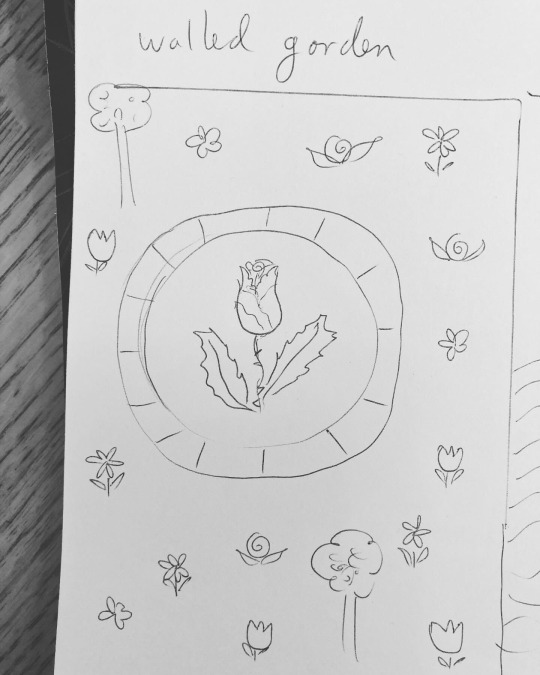
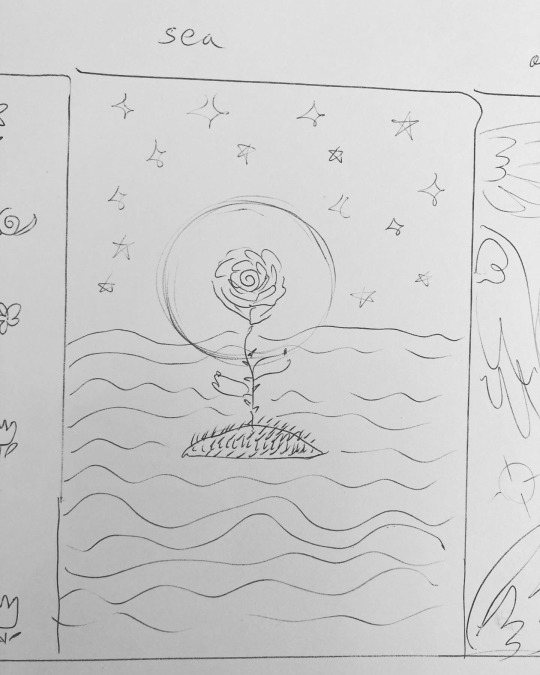
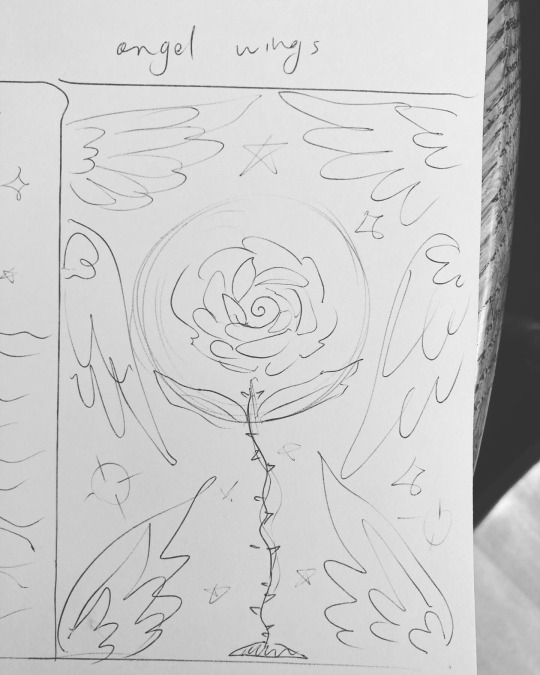
Ballpoint pen sketches, book cover ideas for the Kushiel's Legacy series by Jacqueline Carey.
[Image ID: three ballpoint pen drawings. In the first, a rosebud opens in a walled garden. In the second, a rose blooms on a little island in the middle of the sea, while stars twinkle in the sky. In the third, the rose is fully bloomed and is surrounded by angel wings and faint stars. End ID.]
#jacqueline carey#kushiel's dart#kushiel's legacy#terre d'ange#phedre no delaunay#ballpoint pen#book covers#bookblr#fantasy#my art#my posts
0 notes
Text
Tagging @mudora because I really liked their Ocarina of Time analysis of the Zonai and the Golden Goddesses and @roy-dcm2 because i liked their analysis of Majora's origins
I was seeing some meta about the goddess Hylia and her "chosen" and it seemed to boil down to the idea that in the legend of zelda, destiny is all-powerful and imbues all story beats, major and minor. And something about that just rubbed me the wrong way and it's not because i just find hylia and demise very boring
There may always be lads in green, and there always be a princess or two, but I think free will is still very much a force in the world of Hyrule and its neighbors.
Destiny is a powerful force, that cannot be denied. Revali, for instance, never could have been the Hero himself; that role always belongs to a Hylian youth named Link. A Sheikah named Impa will invariably be tied to the Princess. And yet I can't shake the feeling that free will is present in the lives of everyday people, and even those destined to live the cycle over and again, they can chose how they will express their destiny.
Free will is what builds Tarrey Town and what enables Impa to open Kakariko Village (OoT) to the common folk. Free will is what Midna exercises to break the mirror of twilight. Groose's character development is free will. FURTHERMORE in Termina, Link comes as a reminder of people's agency. He helps the people who have lost all hope. What do people do when they've lost hope? They forget they have free will.
Free will prompts Zelda in OoT to bisect the timeline and break her own heart in the name of childhood & love. Bisecting the timeline doesn't serve any purpose of destiny, in fact it throws destiny into a big ol tizzy. It's not a divine act, it's a human one from a human perspective.
Hell, if there is no free will, then the gods laugh whenever Zelda and Link fall in love.
Video games are an interesting medium in which to discuss free will versus destiny--- I mean, you're controlling a little dude but you yourself are following breadcrumbs laid down by a creator who definitely exists. But I think that Hyrule is meant to be a setting where free will matters, even if only to contrast when the overwhelming symphony of Destiny does come to town. Hyrule is a land to explore and find joy in discovery, for the player and for Link, and I can't square that with the idea that Destiny is everywhere and no one has any choice at all.
4 notes
·
View notes
Text

Melisandre and Phedre as Duelist and Rose Bride.
Considering Phedre’s association with roses, this was in fact inevitable
4 notes
·
View notes
Text
what I love about legolas is that he is an unfailingly untragic character. as the elves are fading from middle earth, his vibrant silliness is gradually taken over by ambiant melancholia - and yet never completely taken from him! when the fellowship is facing caradhras, he is untouched by the weight of the snow : ‘I go to find the sun!’ in that moment, they are all trapped by saruman, faced with an impossible choice - but legolas laughs! nothing can touch him. he’s a fae plucked out of mirkwood, borrowed from bilbo’s far gone whimsy. as the journey goes on, the tone of the story slowly switches around him - the trip to lothlorien functioning as an entry into the theme of noble decay that follows the story around. from that point on, legolas befriends gimli. their togetherness is brought about by shared feelings of isolation : ‘you comfort me.’ in the final book, legolas has fully entered the narrative of grief. he sings but it’s now fully elegiac. he’s saying goodbye to the world he felt so in tune with at the beginning of their journey : ‘west, west away, the round sun is falling (…) I will leave, I will leave the woods that bore me.’ and yet, despite all this and because legolas remains this unfailingly untragic character, he still manages to escapes the doom of his people! he still manages to carve joy in his own tale! no matter what the mournful song says, he won’t be ‘lonely sailing.’ he’ll bring gimli with him in this ridiculous and happy nonsensical twist! because this is legolas and he is joyfully silly to the very end. and all of that happens completely in the background because he is utterly unimportant! unfailingly untragic!
4K notes
·
View notes
Text
Because this generation is serving as the midwife for the rebirth of the Shechinah, we will have to be familiar with the ancient knowledge and traditional prayers which invoke her, at the same time that we are creating new forms. In this ancient/future subculture we will need poets and prophets, rebels and rabbis, musicians and mothers.
What is clear is that we have the beginnings of a movement without a hierarchy, a central leader, or a single organization.
This Goddess who shines on us as we study sacred texts is found in redwood groves and apple orchards. She is coming to us in the wind and the water, in the ocean and the mountains. Like the underground Goddess herself, this movement comes from the subterranean parts of the human psyche. It emerges from a place of discovery and awe, from a place of wonder and worship.
Rabbi Léah Novik, collected from The Goddess Re-Awakening collection by Shirley Nicholson
Note that "Shechinah" means, literally, "the presence of God" and it is a multifaceted concept in the Talmud, in Midrash, and in the Mishnah. Rabbi Novik's points are, I think, applicable to a lot of Goddess-oriented activities, but the words "Shechinah" and "Goddess" are not interchangeable.
#soulstead-sanctuary#gatekeeper-of-witchcraft#jewitch#goddess#the great goddess#witchblr#pagan ish#women's voices#quotes#shechinah#food for thought#women's liberation
0 notes
Text
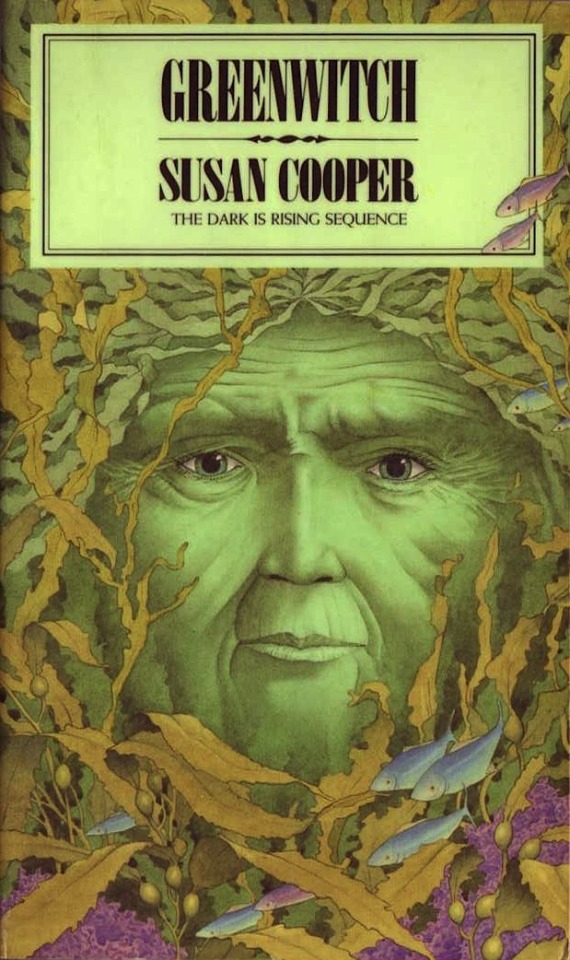

vote yes if you have finished the entire book.
vote no if you have not finished the entire book.
(faq · submit a book)
16 notes
·
View notes